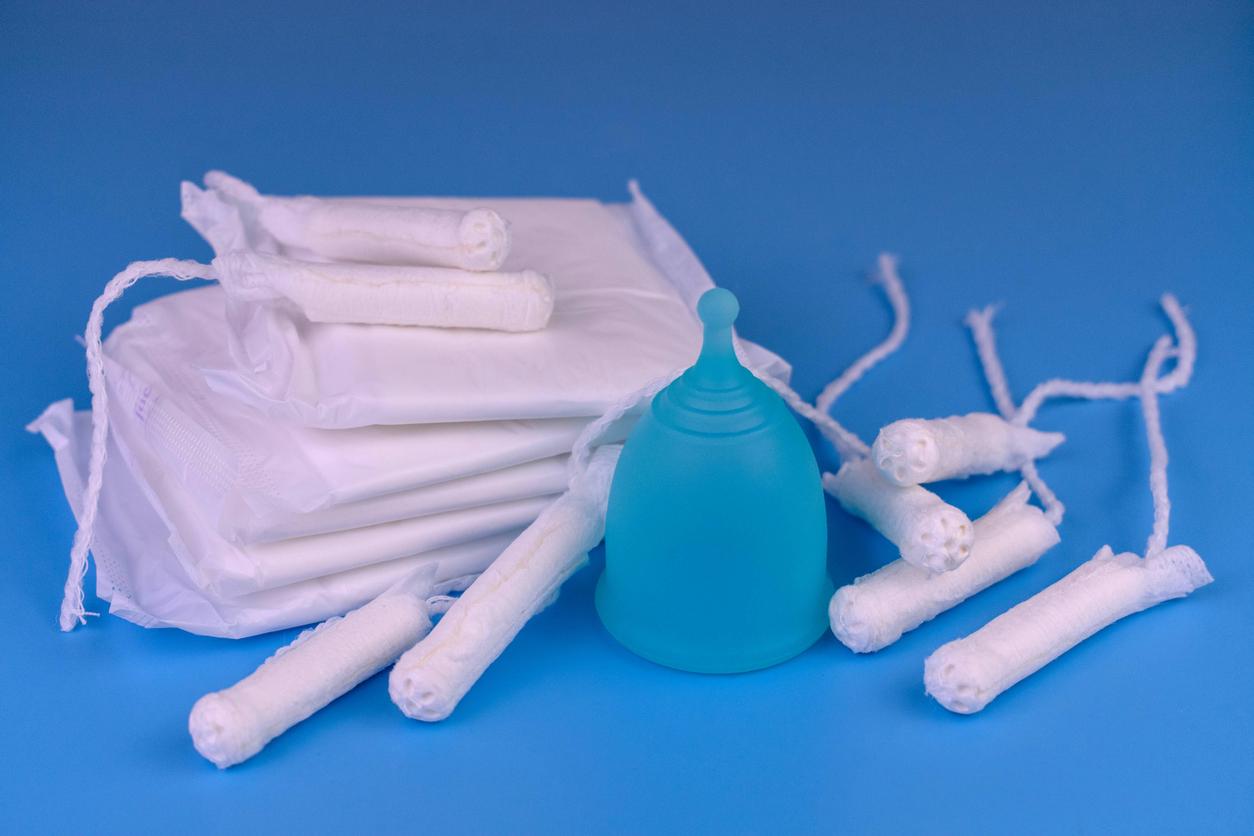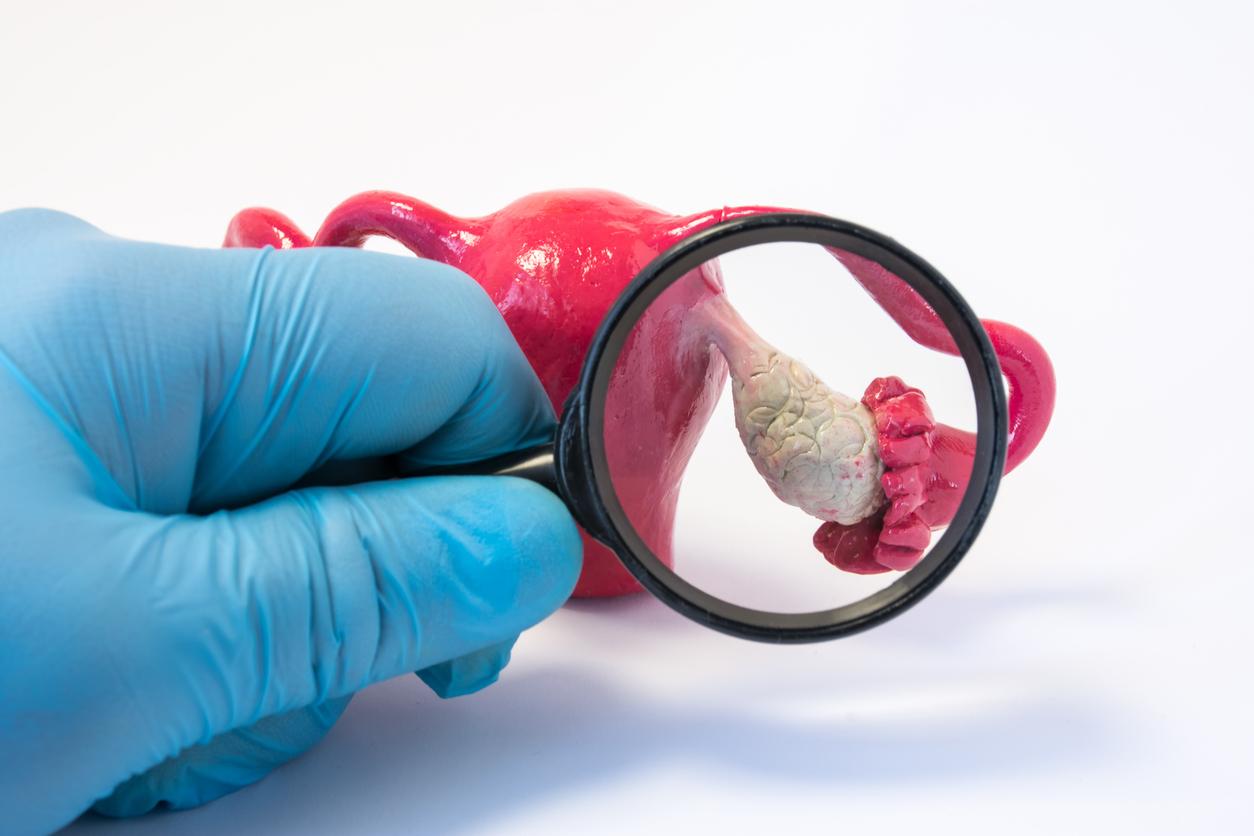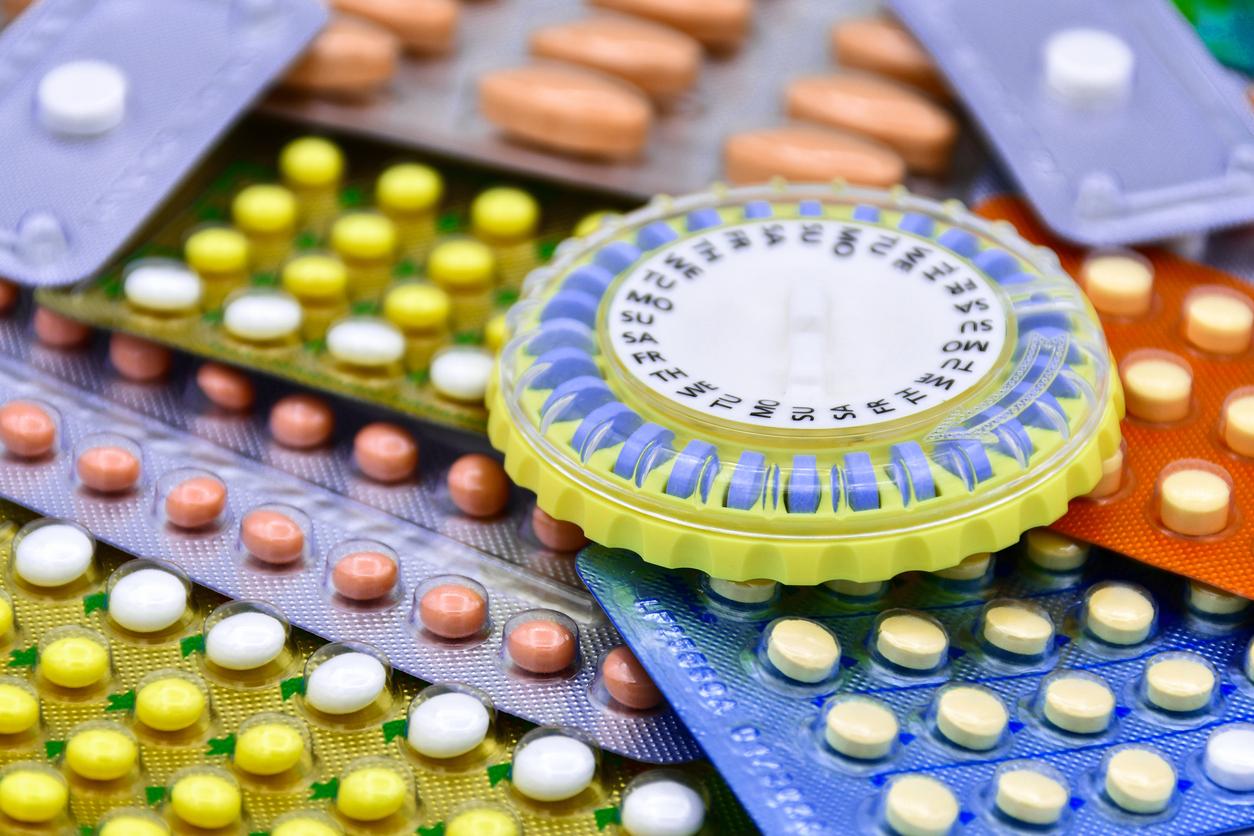The decree which will come into force on April 1 provides for more transparency on the composition and potential risks of tampons, napkins and other hygienic protection.

- Viscose, cotton, cellulose, polyethylene, glue, microbeads… From April 1, manufacturers of hygienic protection (tampons, napkins, menstrual panties, etc.) will be required to detail their composition on the packaging or instructions of use, announced Fraud Repression.
- The objective of the decree which will come into force that day is to “improve transparency” on the approximately 2.8 billion female intimate protection products sold each year in France.
Viscose, cotton, cellulose, polyethylene, glue, microbeads… From April 1, manufacturers of hygienic protection (tampons, napkins, menstrual cups and panties, etc.) will be required to detail their composition on the packaging or the instructions for use. This was announced last week by the Directorate General for Competition, Consumer Affairs and Fraud Prevention (DGCCRF).
Hygienic protection must detail “possible adverse effects”
The objective of the decree which will come into force on that day is “to improve transparency” of the approximately 2.8 billion feminine intimate protection products sold each year in France, regularly accused of being risky for human health. A “authorized time limit for selling off stocks already placed on the market” will nevertheless be authorized until December 31, 2024, specifies the DGCCRF.
These measures are based on the scientific opinions of the National Agency for Food, Environmental and Occupational Health Safety (ANSES) published in 2019 and in 2022. Concretely, all the products concerned must therefore mention “details of the substances and materials incorporated”, “statement of the terms and precautions for use”as well as “possible adverse effects (irritation, intolerance, allergies, microtrauma) or more serious ones such as menstrual toxic shock syndrome”.
Enough to allow, according to the DGCCRF, “better information on the precautions for use relating, in particular, to hygiene conditions and the maximum recommended wearing time, i.e. 6 hours”.

Between 6,000 and 13,000 intimate protection products used in a lifetime
As the text explains, menstrual toxic shock syndrome, estimated by ANSES to be around twenty cases per year in the country, is “mainly caused by the use of internal periodic protection, namely tampons and menstrual cups”. As a reminder, a woman uses between 6,000 and 13,000 disposable sanitary protections during her lifetime.
And, for greater vigilance, consumers are invited to “report on the DGCCRF website or the application SignalConsoany consumer problem, particularly related to the display of information on intimate protection products.
















